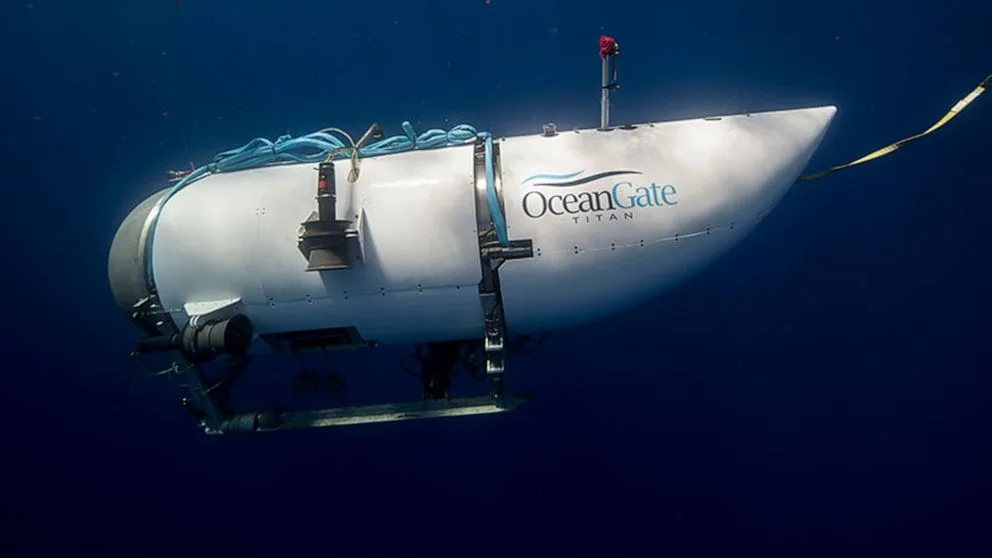
The Titan, a 21-foot tourist submersible used to give tours of the Titanic wreckage, lost contact with its Canadian-owned parent ship in June and imploded a few days later, killing the five passengers inside.
According to Politico, during the construction of the Titan, concerns had been raised regarding the hull’s structural integrity; “experts were unsure whether the vessel, made of carbon-fiber, could withstand continuous trips to the depths of the ocean floor and exposure to the intense pressure at the seafloor.” Moreover, NBC News reports that OceanGate Expeditions, the company that owned and operated the Titan, “has not responded to those criticisms this week.” In fact, on its website, OceanGate Expeditions continues to advertise trips to the Titanic shipwreck—just days after the Titan’s implosion that resulted in the deaths of all its passengers.
Furthermore, other submersibles use an all-titanium hull, rather than one made of carbon-fiber. NBC News gives an example when it goes on to say that “like many submersibles, the Shinkai 6500, a Japanese submersible, seats its crew in a titanium sphere, whose manufacture ensures less than 1-millimeter of deviation in its curvature.” In comparison, the Titan departs from the standard practice by using an experimental design that used a carbon-fiber hull and using titanium only at the ends of the vessel. “Unlike Titan, Shinkai has been rigorously testing throughout its 1,500-odd missions.”
If you or someone you know has been injured in an accident, contact an attorney at Abraham, Watkins, Nichols, Agosto, Aziz & Stogner by calling 713-222-7211 or toll free at 1-800-870-9584. Abraham Watkins offers a free consultation to anyone wishing to pursue a claim for such injuries or fatalities.
Titanic Tour Submersible Implodes, Killing All Passengers. Concerns That The Vessel Could Not Withstand Deep Sea Pressures Were Ignored.
The Titan, a 21-foot tourist submersible used to give tours of the Titanic wreckage, lost contact with its Canadian-owned parent ship in June and imploded a few days later, killing the five passengers inside.
According to Politico, during the construction of the Titan, concerns had been raised regarding the hull’s structural integrity; “experts were unsure whether the vessel, made of carbon-fiber, could withstand continuous trips to the depths of the ocean floor and exposure to the intense pressure at the seafloor.” Moreover, NBC News reports that OceanGate Expeditions, the company that owned and operated the Titan, “has not responded to those criticisms this week.” In fact, on its website, OceanGate Expeditions continues to advertise trips to the Titanic shipwreck—just days after the Titan’s implosion that resulted in the deaths of all its passengers.
Furthermore, other submersibles use an all-titanium hull, rather than one made of carbon-fiber. NBC News gives an example when it goes on to say that “like many submersibles, the Shinkai 6500, a Japanese submersible, seats its crew in a titanium sphere, whose manufacture ensures less than 1-millimeter of deviation in its curvature.” In comparison, the Titan departs from the standard practice by using an experimental design that used a carbon-fiber hull and using titanium only at the ends of the vessel. “Unlike Titan, Shinkai has been rigorously testing throughout its 1,500-odd missions.”
If you or someone you know has been injured in an accident, contact an attorney at Abraham, Watkins, Nichols, Agosto, Aziz & Stogner by calling 713-222-7211 or toll free at 1-800-870-9584. Abraham Watkins offers a free consultation to anyone wishing to pursue a claim for such injuries or fatalities.
